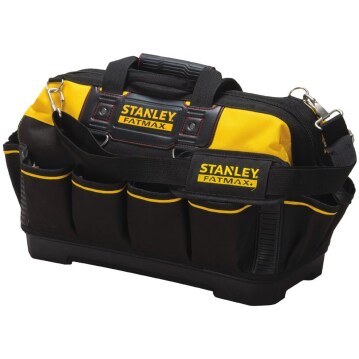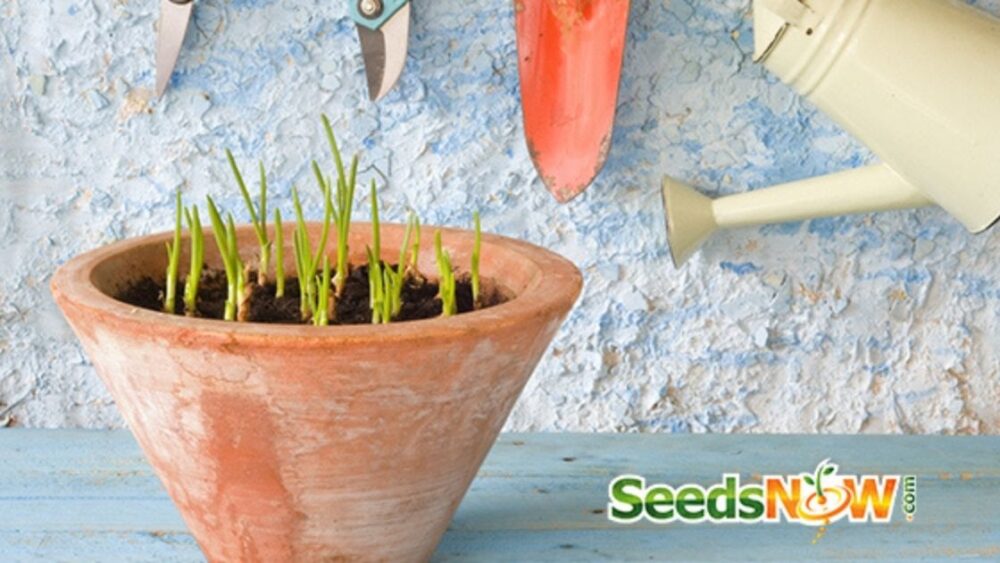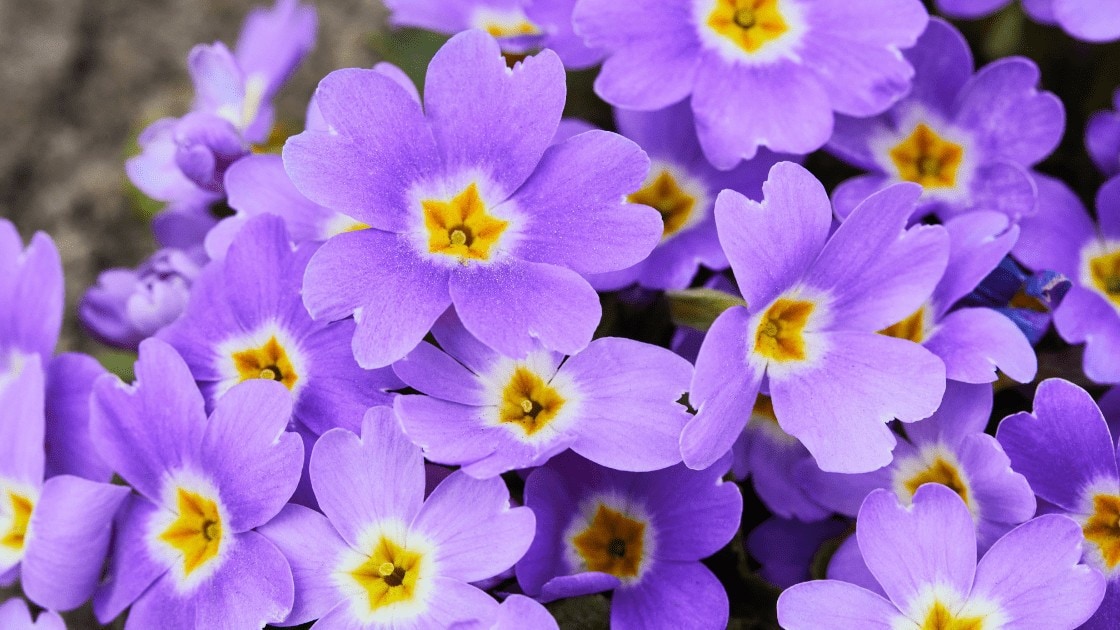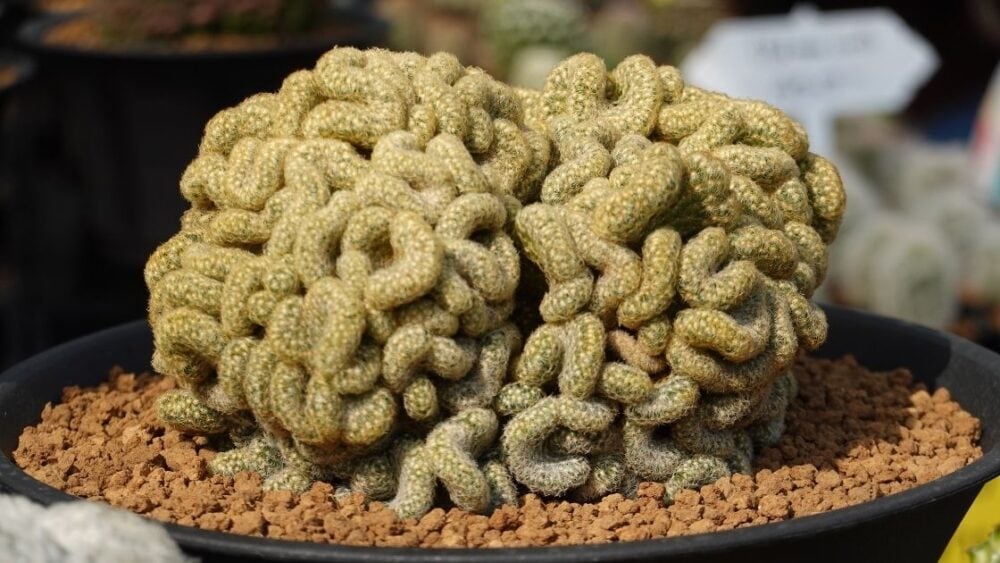
The ‘Brain Cactus’ (Mammillaria Elongata ‘Cristata’ ) is a fascinating Mexican succulent. It looks similar to other Mammillaria species, but its random, twisted, sideways direction of growth creates a peculiar, brain-like shape. This is not a difficult cactus to care for and as long as you water it properly and give it plenty of sun, it will be happy and keep swelling in size. Most problems with this succulent have basic causes – improper watering, poor soil, lack of sunlight or pests/diseases.
Commonly Encountered Problems In Brain Cactus Care
The care requirements of this cactus are identical to those of other Mammillaria species, but its tight growth creates many crevices, which tend to accumulate water, dust and make great hiding spots for insect pests. This makes this succulent very prone to rotting problems.
Diseases can be difficult to spot until it’s too late. The brain cactus is also prone to many of the problems common in all succulents. Those include root rot and stem base rot.
Browse our Affiliate Products
For general care and requirements quick care summary, click here. Brain Cactus General Care and Requirements
Let’s go over the most common problems with this cactus:
Brown/Orange discoloration of the stem and distorted growth
Discoloration of the base, near the soil is most commonly due to watering too frequently without allowing for a beneficial drought period. An unsuitable soil mix can also be to blame – always use a very well-draining substrate, like a gritty mix or a high-quality general purpose cactus potting mix.
The solution to discoloration symptoms is repotting and resuming proper, infrequent watering. ‘Corking’ is another cause of browning and it is due to old age – the only solution is to purchase a new, younger cactus specimen or grow one from seed.
Etiolation (pale elongation due to lack of light)
Unnatural, upward growth that is noticeably pale is due to insufficient light and is called etiolation. Etiolation isn’t as pronounced in succulents as it is in other plants, but it can still occur in some Mammillaria species, including the brain cactus. After a few days of intense, direct sunlight, the body of the cactus will quickly regain color and will start growing in width.
Pale, soft and unhealthy look
Insufficient light, overwatering, over-fertilization and a compacted soil can all cause pale, soft growth. A mushy appearance is usually caused by overwatering and getting too much water on the cactus body.
Sometimes, spent soil can let potassium and other deficiencies develop, leading to similar symptoms. Consider this as a cause, only if the cactus has been living for more than 2 years in the same, small potting container and hasn’t been fertilized.
Reddish spines
This is usually normal and occurs due to sudden exposure to direct sunlight without gradual acclimation. It can also point to a phosphorus deficiency, but this is more rare. If the actual body of the cactus starts browning or reddening, this is more serious – consider heat stress or overwatering as potential causes.
Dead spots or shriveled-up parts
This can be due to base rot of individual branches, a fungal infestation of the roots or an unspecific fungal or bacterial disease. The solution is to water less and give the succulent more air flow and sunlight. If a large portion of the body is affected, repotting is recommended, which will also allow you to inspect the root system for any rotting.
Complete lack of growth
This can happen because of spent soil, in which case fertilization will kick-start the growth again. Not enough direct sunlight is another cause. During the winter, lack of growth is normal. Remember that this is a slow growing succulent, so don’t be impatient – its growth will not be visible during any period shorter than around 2 weeks.
For more information on soils, check this article. What is the difference between potting soil and succulent soil?
Other issues
Sometimes, the problem can be difficult to pinpoint and the symptoms may be too unspecific to diagnose. In that case, apply general solutions, aimed at solving multiple problems at the same time. Inspect the plant for insects, make sure you’re watering correctly and move it to a brighter spot.
Carefully play around with fertilization and change the watering schedule. If all else fails, repot the cactus in a new, high quality succulent soil. Old age is an uncommon cause of problems with this cactus – as it approaches the age of 10, various senescence symptoms may start to develop.
Remember that vegetative propagation via cuttings preserves the age of the succulent, so even small specimens may have DNA that is many years old.
To read more information on the effects of pots that have on succulents, check out our article here. Do Succulents Stay Small In Small Pots And Why? Growth vs. Pot Size
To find a wide variety of succulents, Check out our affiliates below.
Brain Cactus Care
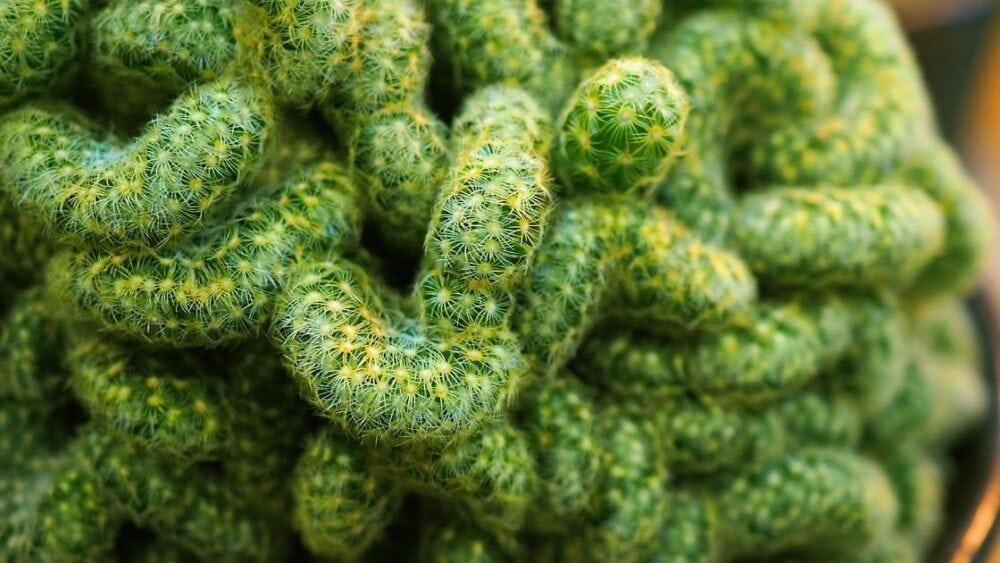
This is not a difficult cactus to care for – it goes dormant during the winter, when the temperatures drop to less than 55F (13C). During this period, the brain cactus needs very little water and even a single excessive watering can lead to rotting problems.
When should you bring your brain cactus outdoors?

In its natural habitat (Central Mexico), this cactus doesn’t encounter temperatures lower than around 40F (5C). However, it can tolerate some short-term light frost. Still, it’s best to keep it indoors during the winter. During the autumn and spring, the frequent rainfall can also be problematic, so the only true season, suitable for outdoor growth is the summer.
Make sure to gradually acclimate the cactus to the direct sun before bringing it outdoors. Otherwise, spots and symptoms of heat stress may develop.
How much sunlight is required?
Like almost all other succulents, this one likes the direct sun. Window-filtered sunlight is completely fine. Very bright, indirect sunlight can also be sufficient, but will usually not be enough for fast growth, nor for flowering. Just like other succulents, this one performs CAM photosynthesis, which is highly inefficient and doesn’t occur at low light intensities.
Fertilization/Feeding – is it necessary?
The optimum fertilizer schedule depends on the pot size and the quality of the substrate. Gritty mixes are usually low in nutrition and can’t support much growth without fertilization. Use a dilute cactus fertilizer and make sure to alternate between a fertilizer solution and regular water in order to avoid salt buildup.
For more information on fertilizers and mixtures, click here. What Are The BEST Potting Soils for Every Type of Plant?
How often should you water your brain cactus?
This is highly dependent on the pot size and climate, but twice a month usually works well. As is the case with all succulents, the symptoms of dehydration will develop slowly and there will be many warning signs before irreversible damage occurs. Overwatering, on the other hand, can quickly lead to dangerous root rot.
What should you do if your brain cactus starts flowering and afterwards?
If this cactus is kept happy, it will put out many tiny flowers during the warmer months. Sometimes, it may even flower during the winter, depending on the temperature. There is no special care required during flowering and removing the flowers isn’t necessary, nor recommended.
If pollinated, your brain cactus may form tiny seed-containing fruits. You may decide to remove those if you have no desire to collect seeds, but this is not necessary either.
Final Thoughts
The brain cactus is easy to care for and doesn’t have any special requirements – infrequent watering, a monthly fertilizer application and plenty of sunlight are usually enough to support good growth and a healthy appearance.
Due to its shape, this cactus is slightly more prone to pests than other succulents – a monthly pest inspection is a great idea. Airy, gritty soil is extremely important and will prevent a lot of the issues that can occur because due to overwatering.




